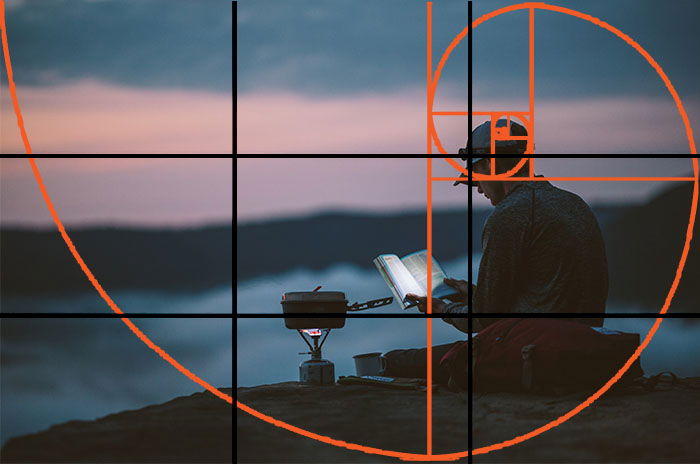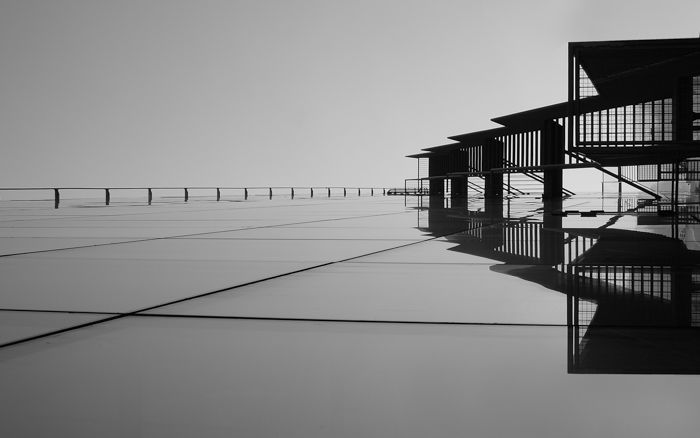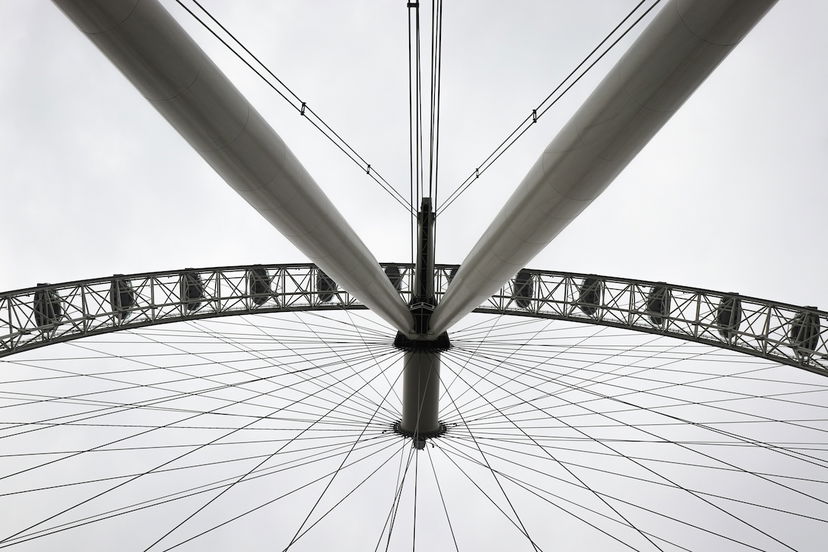How You Should Use the Rule of Odds in Photo Composition
You’ve heard about the rule of thirds before. But have you heard about the rule of odds?
When we need to process an even number of elements we tend to pair them up. This separates the whole image into pieces.
But when the image is made up of uneven elements or an odd number of them, our brain can't pair them all together.
This article will teach you how to apply this composition rule, step by step.
The Rule of Odds: How Many Elements Should You Use?
Three is the most appealing option amongst the odd numbers.
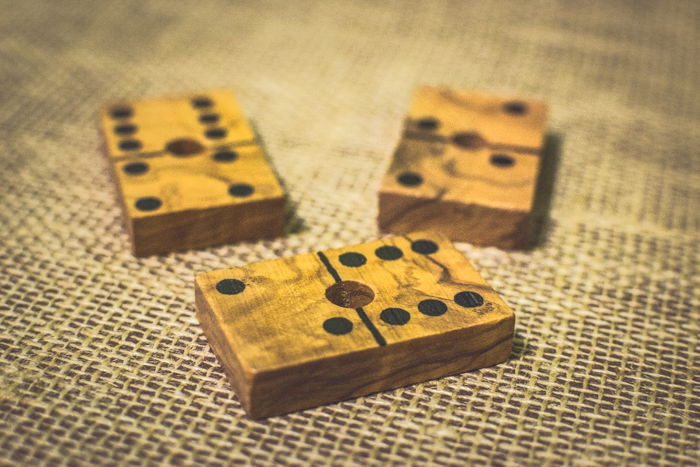
You can compare this image with three domino pieces with the one below.
In the top photo, whenever our brain pairs up two of the domino pieces, we have the third one catching our attention.
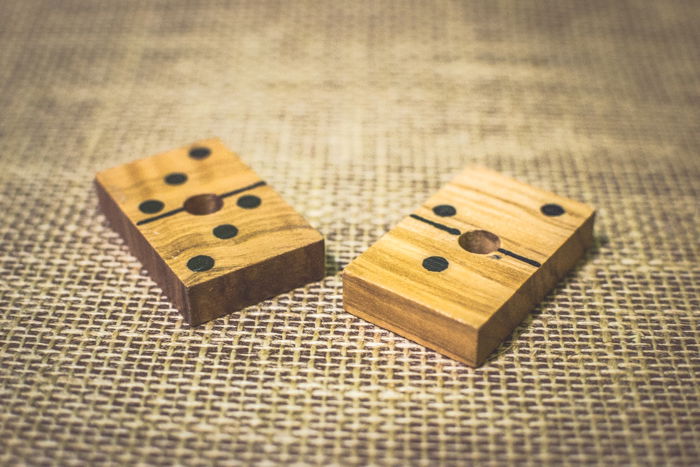
Adding more elements means losing part of the composition strength.
Five and seven are still good numbers to compose with. But put more than 9 and our brain starts to treat them as a group.
What this means is that the human brain counts elements of a photo as follows: 1, 2, 3, 4, 5, 6, 7, 8, many, a lot!
At this point we stop seeing the elements as individuals, so the law loses its power.
But don’t worry, there are other composition rules that help us handle groups.
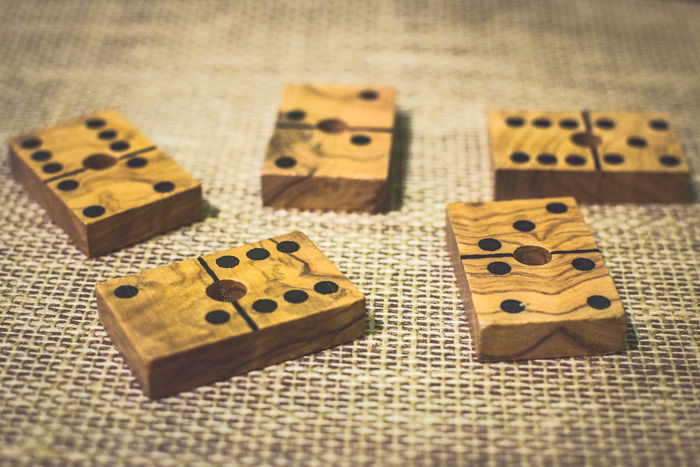
Five domino pieces are still a good number.
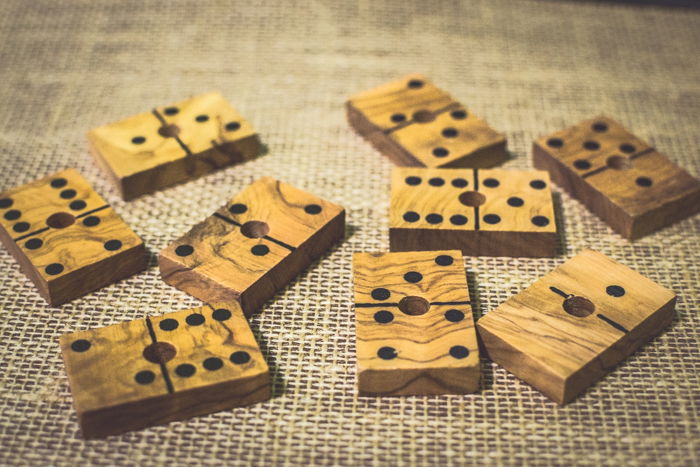
Nine elements start to be considered by the brain as “a lot of pieces”
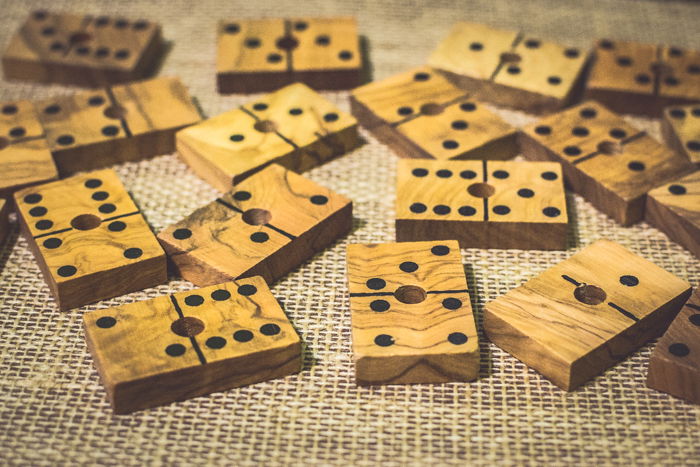
More than nine elements are already one group. It doesn’t matter if you have an even or an odd number.
How to Arrange Elements in Your Composition
You’ve decided how many odd elements you want to include in the composition. The next thing to do is to place them in the frame.
For three elements, placing them in a line is a great option.
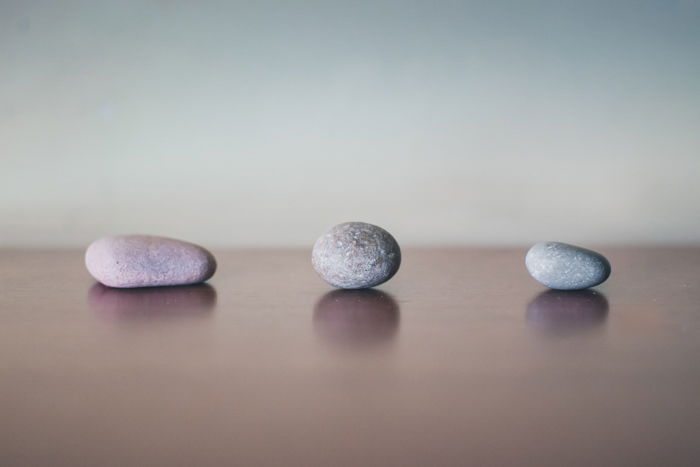
You can also make a triangle shape, making the image more dynamic.
With more than three elements, you can still start with a line and a triangle-like shape. Build the composition from there.
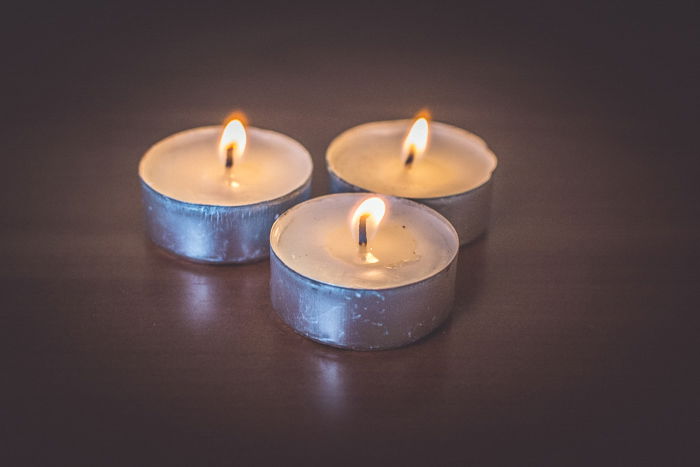
In case you can't place the elements in a line or triangle, move around and change your perspective.
This happens a lot in street photography, for example.
How to Use the Rule of Odds for Still Life Photography
The easiest way to practise the rule of odds is by taking photos of things you have at home. Any small object can work: game pieces, fruit, cups, stones, pencils, etc.
These are easier place and move around as you want. I recommend using simple backgrounds to avoid unwanted distractions.
Lots of times I place my objects on a simple white canvas, a smooth table or a piece of fabric.
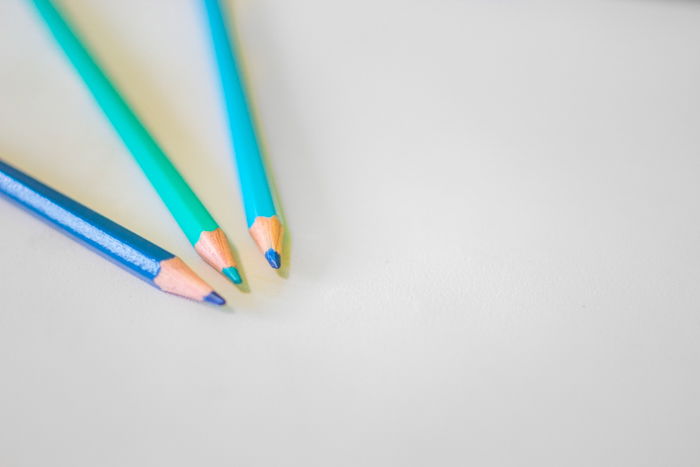
The Rule of Odds for Nature Photography
The rule of odds works best with flower photography. When you are framing your image, do it so that you capture an odd number of flowers in the frame.
You might need to move around a little, change your perspective or the direction of shooting.
Sometimes you can even move the flowers themselves a little bit.
If you can’t do it on the spot, remember that you can crop the photo in post-processing.
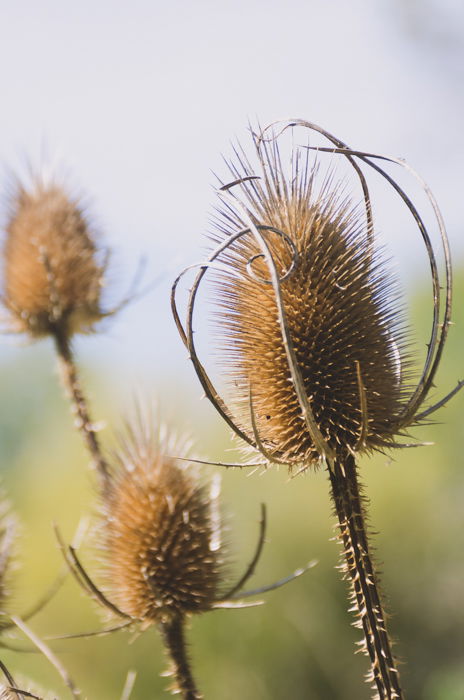
With animal photography, it might be a bit more difficult to get the perfect number or placement.
You might need to move around a bit more. Do it quietly so that your subjects don’t run away.

The Rule of Odds for Street Photography
When you are capturing street images, it is good to keep the rule of odds in mind. Especially if you’re shooting portraits.
Before pressing the shutter release bottom, take a moment and check if you can build an image that includes an odd number of people, ideally 3.
Be patient! You might need to wait a while for the elements to fit. You might have two people and need to wait until the third appears.
Or you might have 4 people and then you’ll need to wait until one leaves.

Be patient and open-minded, don’t miss a nice portrait just because you’re waiting for one more person to come into the frame.
Instead, try to get something from the background associated with your two main subjects.
It can be a statue, another person or even an interesting doorway.
The most important thing is not to lose a photo just because the conditions are not perfect.
How to Apply the Rule of Odds With Even Numbers
Sometimes you can still take advantage of the rule of odds even if you have an even number of subjects.
With correct placement and composition, we can make the viewer consider some of the elements not as individuals but as groups.
Look at the photos below. In the first one, you see each stone and none of them is associated more or less with any of the others.
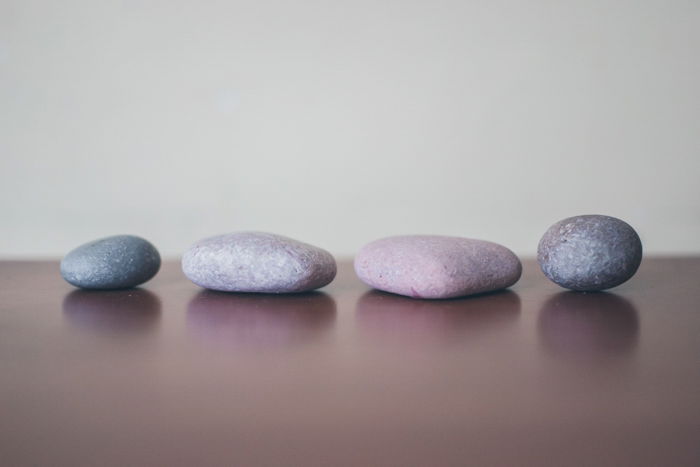
By placing one of the stones on top of another in the second image, the first thing the viewer perceives is a trio.
Even after understanding what he is looking at, the viewer sees the stones as two individuals and a couple.
What we’re doing here is taking advantage of the brain’s tendency to pair up elements by forcing it to group the elements the way we want it to.
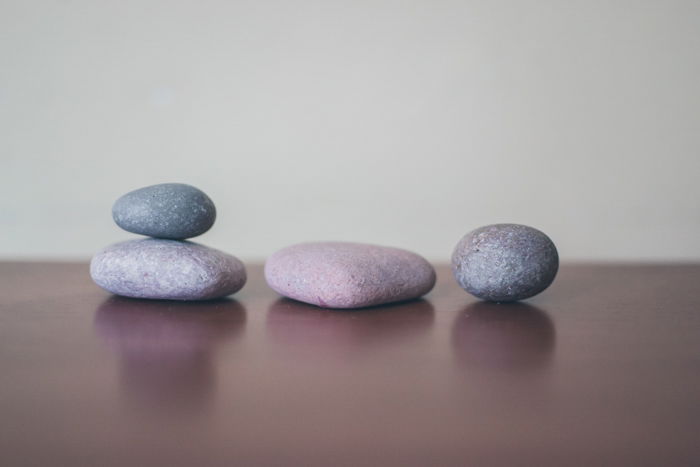
This trick is not limited just to still life or abstract photography. You can easily use it in photo sessions with people as well.
Let’s say you have a photo session with a group of four friends, have two of them interact.
It can be something very noticeable like have one give a piggyback to another, but it can also mean putting an arm around the shoulder and leaning on each other.
When Not to Use the Rule of Odds
Composition rules are useful for creating interesting images. However, remember that they are not meant to be followed all the time.
Use them when they are helping you to improve your images, but don’t get too obsessed with any of them, including the rule of odds.
There are cases where it doesn’t make sense to have an odd number of elements.
One example is in couple portraits. In that case adding a third person makes no sense at all and can give “odd” a different meaning.
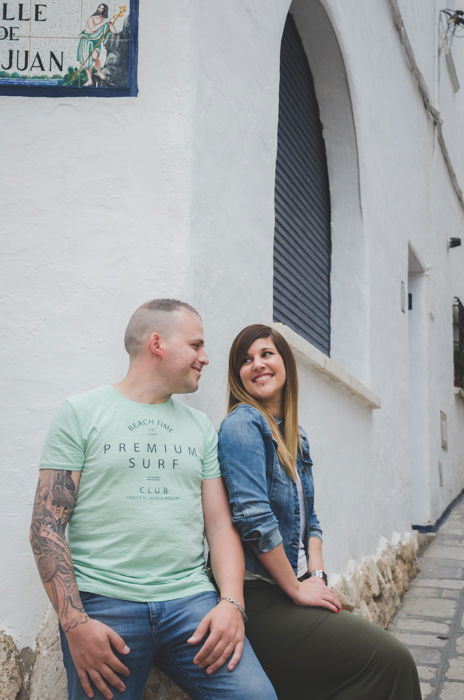
You can find other examples in other types of photography too. In street photography, you might need to compromise on the rules of composition in order to capture the moment.
You should never sacrifice a photo just because it doesn’t fall under “perfect” or “correct”.
What’s more, there are objects that make more sense in couples, so adding a third element just to follow the rule of odds can make the photo lose its point.

This photo is complete with the coffee cup and the pot. Adding a third element here can in fact play against the composition.
Conclusion
The rule of odds is an easy guideline that will be useful to improve your composition skills. It consists of including an odd number of elements in your images.
It works better with small numbers and especially with the number three.
The strength of the composition decreases progressively as you increase the number of elements in the frame. But three elements can easily be arranged in lines or triangles.
You can apply the rule of odds to all types of photography. However, remember that it is more a guideline than an actual rule. Use it only when it improves your images.
Looking for some more great composition tips? Check our posts on using figure to ground or central composition!
